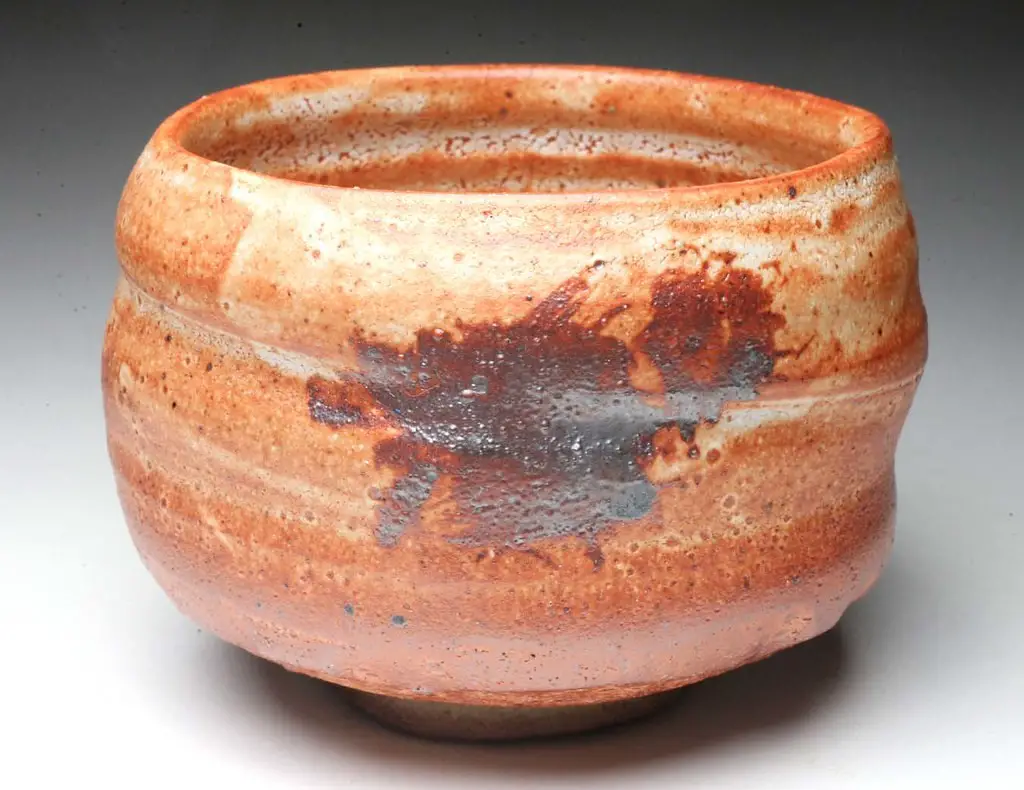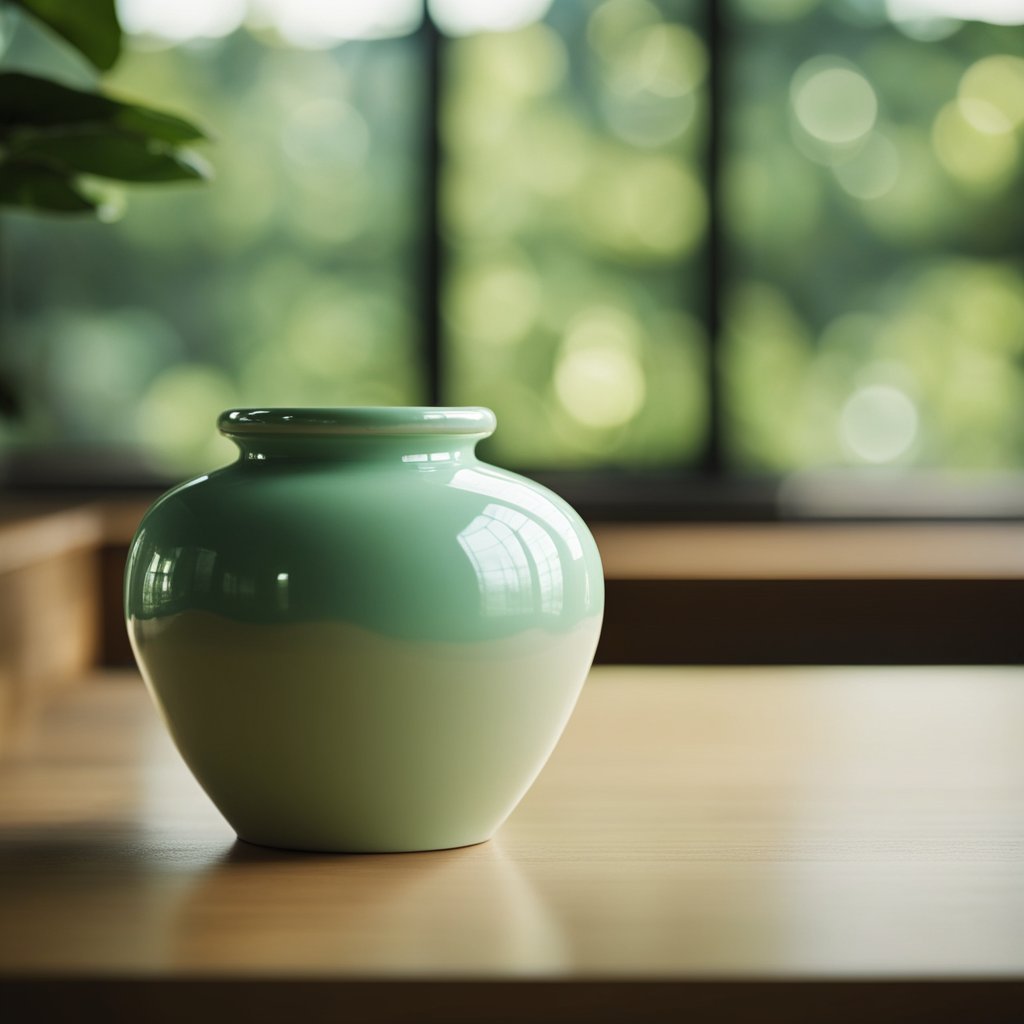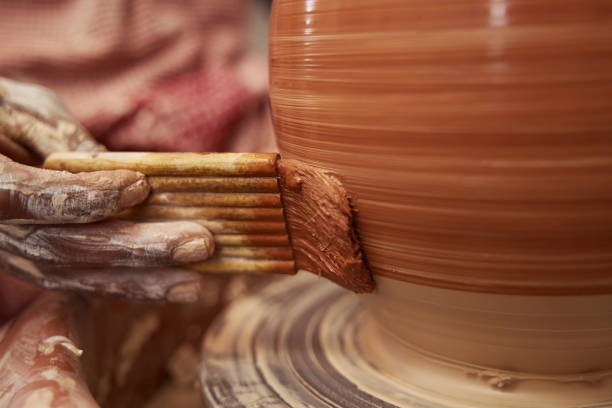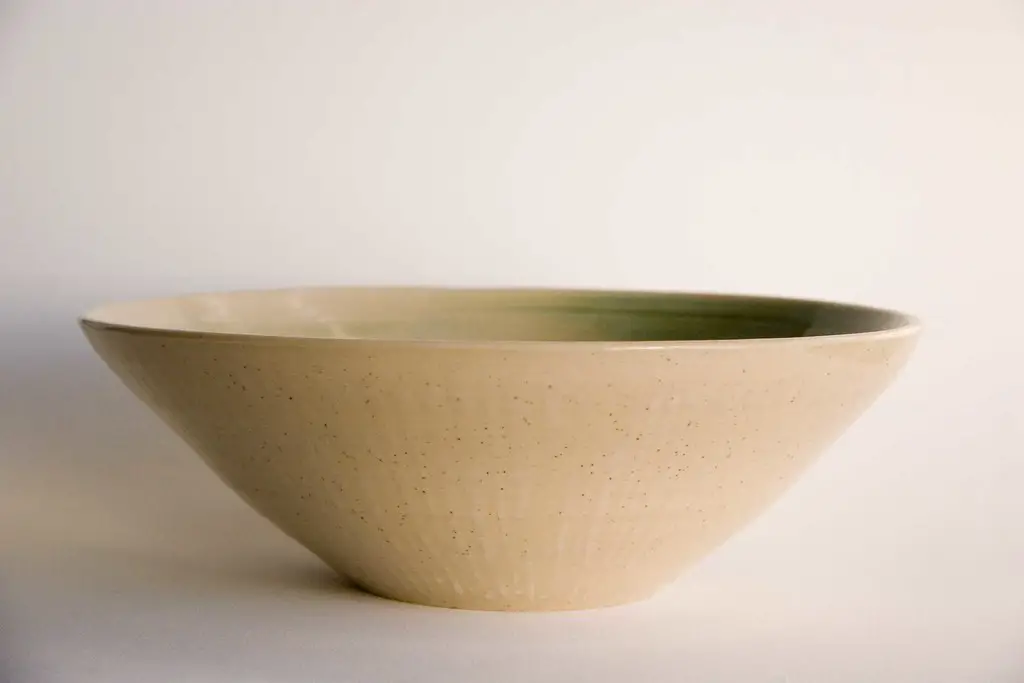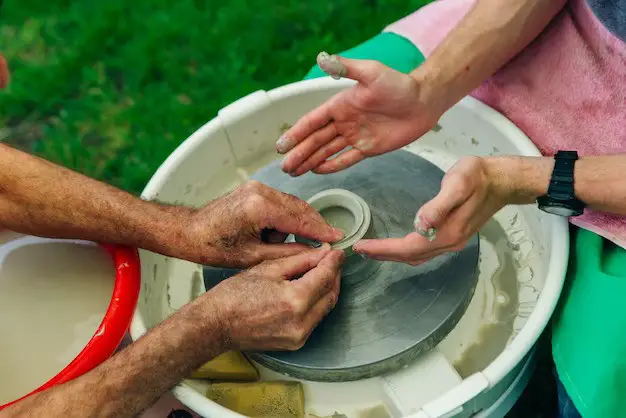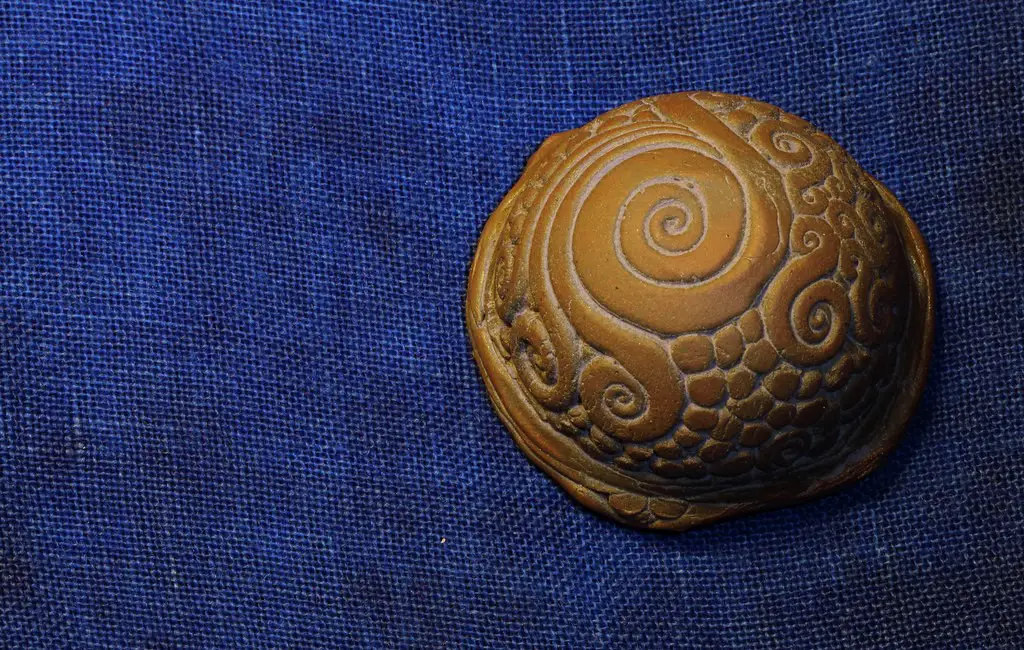Pottery clay is cool to work with, and most people enjoy playing around with it. But there are a few facts that you should know about pottery clay, and in this, we’ll discuss some of the 10 must-know facts about your pottery clay, and some different parts about it. Also, we are going to cover some tips on how to use your ceramic wares and the ways to take care of them to help you with your pottery ideas.
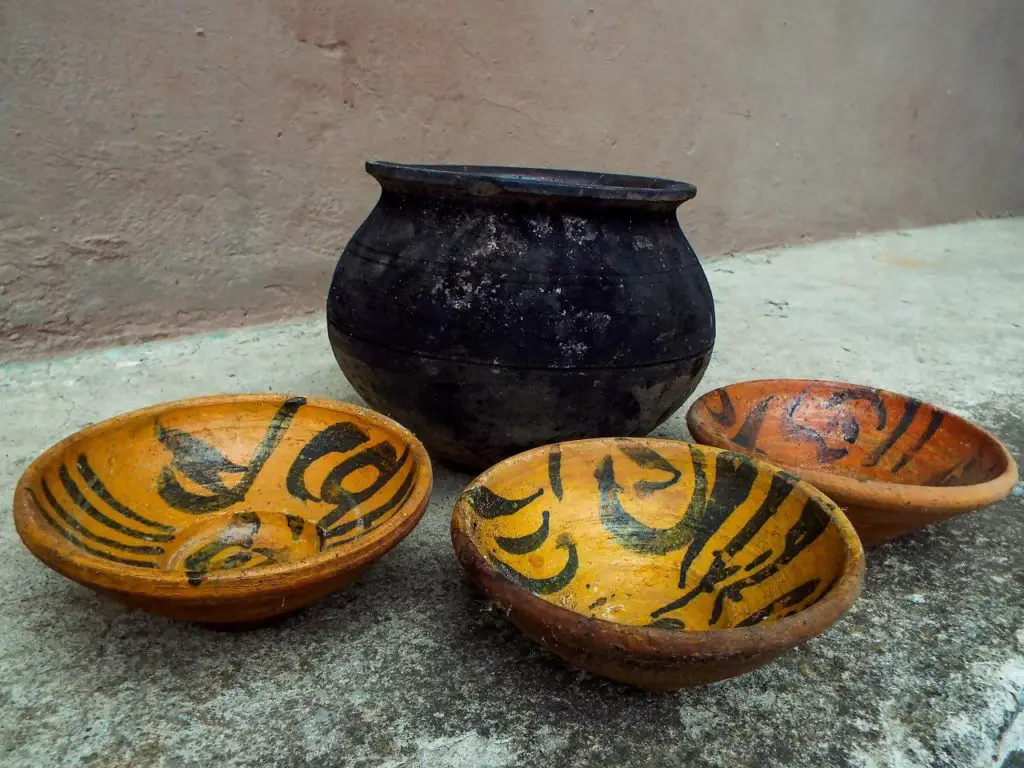
By knowing the clay that you’re working with, you’ll be able to build wonderful items, and you’ll be able to as well, with the right clay, work with it in ways that have a means for you to create a good product and one that will be worth your while.
So, what are some facts? Read below to find out!
Always Fire Correctly with your Clay!
You should know that your pottery clay always has a specific type of firing to it. Amazon clay, in particular, will tell you of the firing ranges, but they’re a little different from what you’re used to.
We know about earthenware, stoneware, and porcelain being the three different temperature levels, but did you know that there are different levels of firing in terms of temperature that manufacturers use?
This can affect the different natures of the clay. The bodies and the glazes must mature at the right temperature because if not, the following happens:
-
The glaze won’t stick
-
It will possibly crack and melt the clay
-
If the clay isn’t high-firing but the glaze is, it will end up ruining the pot
So yes, you need high-firing clay. The three temperatures that you should consider are the following:
-
Low-fire, which goes up to 2135 degrees, good for earthenware
-
Mid-range, which goes up to 2290, usually used for stoneware
-
High-fire, which goes up to 2380 and beyond, is used for most porcelains
The type of firing that you use is based on your own personal needs.
An Amazon Clay for the job
If you’re stumped on what type of clay to use, personally I say starting with terra cotta low-firing clay from Amazon is good.
The reason for this is the following:
-
You get a little bit to work with
-
Very easy to use
-
Good for low-firing projects
-
Perfect for both beginners and advanced firers
-
It is a cone 06, which is a pretty easy temperature for you to work with
Personally, this is a clay that I like to use, and for 16 bucks, you can get five pounds of this, or if you want to get a lot, it’s still under 50 bucks, which is so much cheaper than other options.
If you want to try this clay, you can get it here.

In order for Clay to stay the way it is, you need Heat
Clay, while it can stick pretty well if you mold it, you need to make sure that you bring the heat.
Otherwise, it’s literally just molding some shapes.
While pottery is putting the clay in a different shape, your clay won’t actually be pottery till fired, and it isn’t actually ceramics until the changes that are supposed to happen in the piece happen.
Some of the changes that happen in ceramics include the following:
-
It becomes glassy
-
It is smooth and soft
-
It’s in such a shape that it won’t ever leave that state
Pottery is moving the clay into the shape of a pot, and oftentimes maybe a little bit softer, but there is a difference.
When you don’t give it heat, the following happens:
-
It can get wet
-
When it does, it loses shape
-
It will then go back into the mud
All pottery clay does this, so remember that, and understand that in order to actually get something done with this, you’ve got to bring the heat.
You can Make your own If you’re Creative
Most potters, they’ll buy their clay from a store, which is fine, but did you know that you can make your own?
The perks of buying your own clay include the following:
-
Easy to shop for
-
You know how to fire it or work with it
-
Oftentimes is very easy to get, and it offers convenience
But, if you feel like making your own, you’ll be able to do it by mixing and creating your own clay.
The benefits of that include the following:
-
It is economical, so it’s much cheaper than buying it
-
It oftentimes is less in shipping costs
-
You can add your own additions to it
-
You can modify it with coloring as needed
If you’re someone who thinks that you can work with making your own clay, then, by all means, make it. Just understand that making your own does have disadvantages of the following as well:
-
You need your own tools
-
You need to know how to read recipes
-
You will need to buy other parts for it
But clay is fun to make, and for those projects that require a little bit of extra love, it can be worth checking out.
It Needs Water to be useful
This is a big part of most people’s experiences with clay. Unfortunately, what you’re going to learn from most people is that in order for clay to be useful, it needs water
The reason for that is because of the following:
-
When the clay is left to just sit around, it becomes hard again
-
If you don’t give it water, it can be a nightmare to shape
-
It will just look like a mound of dirt until you give it some water
When people get pieces of clay, they’ll notice immediately when they use it, it’s super hard. You’ll want to understand that, in order to make the clay useful to you, you’ve got to understand there are different factors that go into it, and you’ll want to give it the water it needs to be successful.
How do you add water? The answer is the following:
-
Have a splash pan on hand
-
Give it a sprinkle
-
Add water when you roll it out to give it that extra little bit of water
-
Always provide a little extra water if you need to
For most people, when they start to give it that extra water, it’s quite useful, and most people will understand that, with the right idea this, you’ll be able to create the best experience that you can and give your pottery the water it needs.
The clay body does change with water, so remember that.
Different Clays for Different Projects
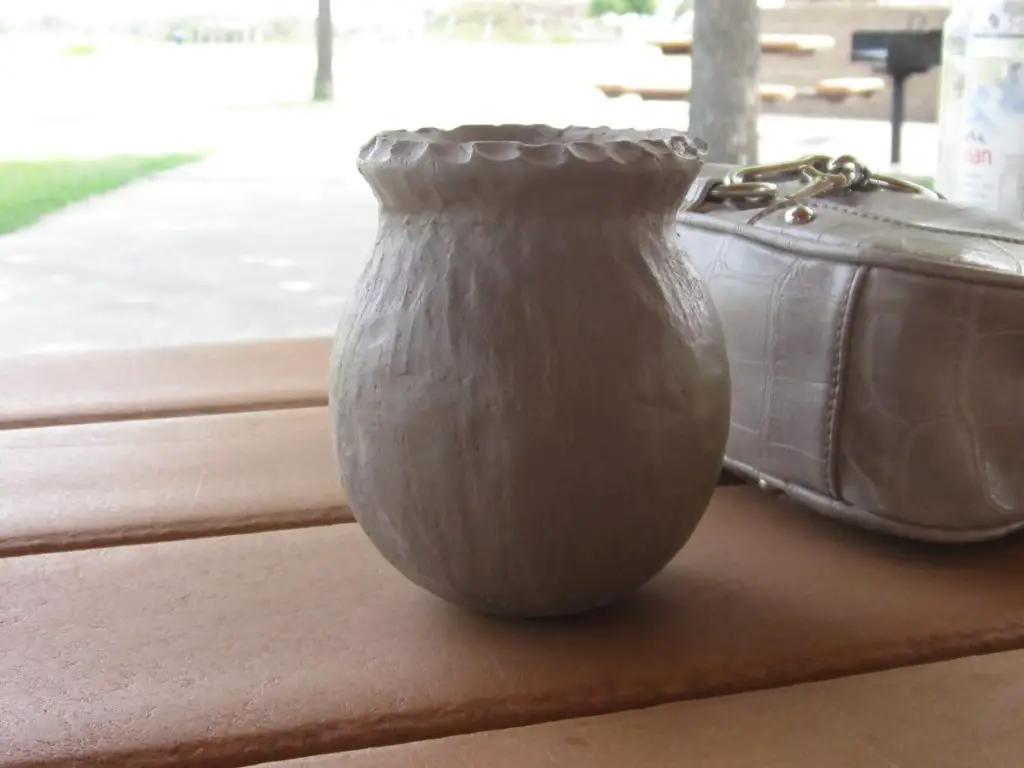
What you’re going to realize is that, after a bit, clays require different types for different projects.
Here are a few good things to understand about this:
-
Clay with lots of grog in it is wonderful for those projects that require hand-building
-
You want a more malleable clay if you’re planning on using it for your own personal wheel-throwing projects
-
For coiling, a mixture of both on an even level is ideal
-
The porcelain lays are good for wheel-throwing, the same with earthenware
-
Stoneware, when given enough grog, is great for those hand-building activities
You will want to learn about which clays work best for you. The reason for that is if you don’t learn this, you’re never going to get the right experience, and oftentimes it can hurt you if you’re doing wheel throwing.
If you’re working with clay that isn’t plastic with wheel-throwing, the following can happen:
-
Pain in your shoulders and forearms
-
Cramping
-
Awkward placement of elbows
-
So much more work is put into the process than what’s needed
You’ll understand once you start working with different bodies that certain bodies are good for some projects but not for others, and it’s up to you to figure out the best type of clay that works for the process, and what will give you the most results possible.
Learn the Ingredients!
There are different ingredients that are in each clay, and these can affect the different types of aspects of it, including the following:
-
The firing temperature
-
The properties of the clay
-
The type of clay that you use
-
The different levels of firing
-
The clay’s plasticity
Below is a table of all of the different types of clays and how their ingredients matter in most cases.
| Types of clay | Types of Impurities | Impact when fired | Colors |
| Earthenware | Many different mineral impurities | It can’t be fired that high and has some breakability. Is soft, but popular and called terra cotta | Orange, light gray, yellow, red |
| Stoneware | Not as many impurities, and is more plastic than others | Medium range and the colors are affected by the firing level | Some kind of light gray to buff, to brown to medium gray |
| Ball clay | Not too many mineral impurities within this, hence why it’s white | They are fired very high and are usually shrunk very much during firing and drying, very useful to work with | White, with very little darkness in them due to how perfect they look |
Fire clays | Don’t have a ton of impurities, but are filled with iron, hence the appearance | They are usually pretty rough in texture when fired, and oftentimes they are very strong, so they’re fired pretty hot too, about 2600 degrees | Are a reddish-brown, and can sometimes look mottled too |
| Kaolin or porcelain clay | These are not filled with any impurities | They are fired extremely high, but they are very stiff, so not plastic when working with, and are very strong | They are usually pure white but may have a gray texture to them based on the type of clay |
Knowing the ingredients within these will affect the coloring and the firing temperature, and you should understand that knowing the differences does help a lot.
Glaze it up!
The glaze is a big part of pottery making for a variety of reasons, and it includes the following:
-
Changes the color
-
Gives it some strength, especially in low-firing clays
-
Helps to waterproof the items, making them useful for tableware
-
Makes them look beautiful
But, when you’re choosing a glaze, there are a few things that you should always consider when working with clay:
-
Understand that they have to be the same temperature understand that it needs to be put on the clay when it’s bone-dry or leather hard, never beforehand and never afterward
-
Some people may do a bisque or initial fire to help harden beforehand, which is fine, but understand that a single fire affects the overall state of it
-
You don’t need to use a ton of glaze, only a little bit is what’s needed
-
Glaze comes in a variety of different chemicals and colors
-
Too much thick or very thin glaze may not give you the expected result. The glaze must have perfect consistency before using it.
The glaze is one of the best things a beginner potter can use on their items, and you’ll want to understand that since it can help make the items safe.
You need to glaze as well in order to help with the chemicals because if you don’t, the following will happen:
-
The chemicals aren’t kept away from the edges
-
When you use the dish for anything with food in it, when you eat it, you get the chemicals
-
Some of the clay is toxic and contains silica, so it’s better to be safe than sorry
Clay glazes are important, but you must understand that you should be careful with these and know how to use them effectively.
A Little Goes a Long Way
A little bit does go a long way, and you should always understand that. Most people, they think they need something large and imposing, but they don’t.
What you need, is the following:
-
For a small piece, a small ball rolled out is good
-
For larger pieces, a slightly larger 5-pound ball works
-
Don’t use a ton of clay when you’re putting these together, because you’re just going to hurt your hand
-
If you use too much clay too, it creates a bigger bottom on the inside, which impacts the firing and the firing state
-
If you use too much as well, sometimes the glaze doesn’t fully adhere, which can impact the state of the clay
When you’re working with clay, understand that you don’t need a ton to get the effect that you want, and you will realize with this, you’ll be able to understand, as you start to use this, that you don’t need to excessively lay on the different amounts of clay, but instead use a little bit, and understand that there is a lot that you can do with these clays that will help you.
Never Breathe it in
One big thing to understand about clay is that it is dangerous to work with.
Unless you’re working with some polymer clay, which isn’t bad, all of the clays you’re working with are toxic in some regard.
How is it toxic? Well, there are a few different things in it, and they include the following:
-
Silica
-
Other minerals that can get into the lungs
-
Some sand and grit
-
Occasionally glass
If you ingest that, it can end up poisoning you over time, but it’s not usually ingested, it’s breathed in.
When is it breathed in? when you’re doing the following:
-
Mixing the clay
-
Rolling out the clay
-
Working with the clay for long periods of time
While most clay is safe to touch, breathing in that silica for a long period of time is a problem, and there is a lot of dust that does occasionally come out from it.
So, how do you prevent your lungs from being torn up by silica? There are a few things you can do, and we’ll discuss them below:
-
Always wear a respirator. That isn’t a suggestion, that’s a fact
-
Work with it in small periods of time
-
If you notice you’re having trouble breathing, just stop
-
If you’re finished, clean up and wipe down the space
-
Never leave clay dust around the pottery area, even if you know you’re coming back to it later
-
Work with the clay in parts, and if you’re going to have your face closed, always wear a mask and goggles
Clay isn’t the most dangerous thing, but any that contains silica should always be worked with carefully, and you should always understand that you’re going to be at risk with whatever it is you’re working with.
Earthenware is Porous
Finally, earthenware is porous. This is something few know about, but earthenware is porous when you work with it.
It doesn’t matter whether you’re firing it to a higher temp or not, it’s porous. What that means is the following:
-
It can take in water to some degree
-
It feels softer than most
-
It’s not ideal for drinking
-
You can’t glaze this very well, at least to make it food-safe
-
It’s ideal for decoration and storing plants, but not good for the actual consumption and use of a piece
Most will start with earthenware because it’s easy. Yes, it’s an easy item to work with, but you have to understand that, once you start to use this, you’ll be putting yourself in potential danger, since oftentimes, if you use this for consumption, you’ll again be ingesting silica.
That’s a big thing to understand, and the best way to avoid this is the following:
-
Make sure that you don’t use this with the intention of making it food-safe
-
Use it for outdoor items such as planters
-
Don’t try to glaze this with anything too heavy
When working with this, understand that while earthenware is easy to work with, it does have limitations, so the property understanding of this is integral to your own personal success, and your own understanding of this as well.
How can you get a better product for making pottery items that are food safe? Read the highlight below for a good option.
Product Highlight: Old Potters Mid High Fire White Stoneware Clay for Pottery | Cone 5 – 10

This is probably one of the best stoneware clay items out there for the sole reason that you’re getting a lot of clay for a great price.
This is a high-quality stoneware clay that’s used for a variety of things, and some of the different aspects of this clay include the following:
-
For less than 30 bucks, you’re getting 50 pounds
-
It’s non-toxic, so safe for use
-
It makes very durable items, including sculptures, dishes, and more
-
It fires to cone 5, so it’s a good medium-firing clay
-
It is food-safe as long as you glaze this item
-
The materials in the clay itself aren’t toxic and don’t contain silica
This is a great clay because it is useful for most people, and it does contain a lot of non-toxic properties. It’s a good clay for both beginners and veterans alike who want to work with more medium-firing to higher-firing clays.
To get this clay, you simply go here to Amazon.
You Can Give a Second Chance to Your Dried-Out Clay
It is not worth throwing your dried-out clay when you can revive it again by following some easy steps. Always try to store your clay in a place having enough moisture. But in case you have missed it, there’s no need to worry. You can make your leather-hard clay workable again by following the below-stated steps.
However, before reviving your clay, you need to know the current state of dryness of your clay:
-
A little moisture is there, but dry enough to work with.
-
Leather is hard and cold.
-
Dry
Now let’s focus on how you can revive your clay:
| Type of clay | How to make it workable again? |
| Air-dry clay |
Try to knead the clay at first, by giving some warmth and moisture through your hands.Place the clay inside a sealed plastic bag.Sprinkle some water into the plastic bag and seal the plastic bag properly.Let the clay sit in there for 5-10 minutes.Remove the bag and knead the clay again to make it ready for use. |
| Ceramic clay |
Cut your ceramic clay into small pieces, or grind it at first.Soak the clay into the required amount of water by making it submerged into the water.Keep it soaked for 2-3 days.Drain the excess water after you see that the clay has turned soft enough.Now, place the clay into a sealed container. |
How to Use Your Ceramic Pots?
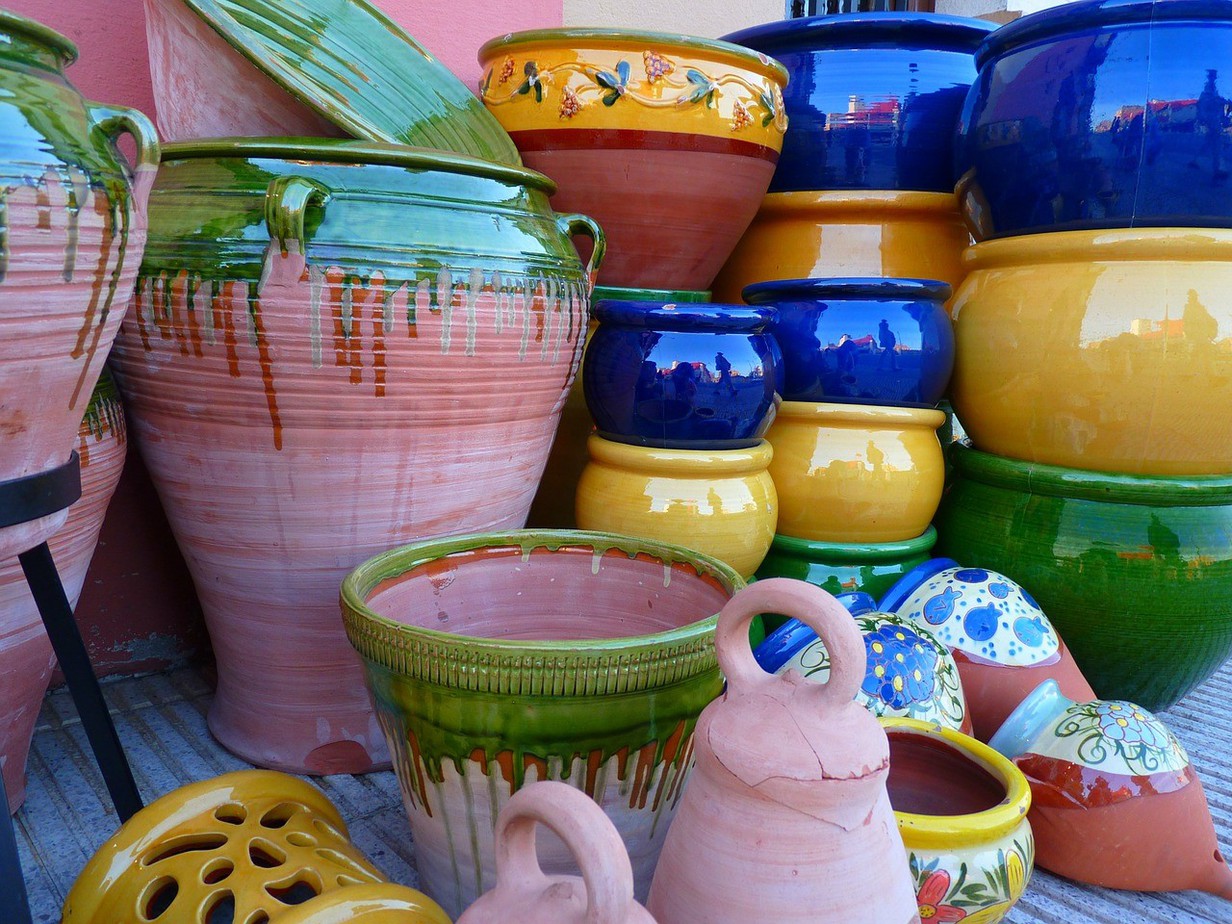
Now, it is known to all of us that pottery wares are not only made for feeding purposes. There are multiple uses for a ceramic pot. So, it depends on you, and how creatively and smartly you are using the clay-crafted pottery piece. Let’s begin with the most common uses of ceramic wares:
-
Add some classy touch to your kitchen:
Now, we all know that one of the primary purposes of ceramic ware is using it as kitchen equipment. There are various convincing reasons for using ceramic wares as kitchen supplies. The pottery pieces are quite safe to use for their food-safe feature. And most importantly it doesn’t react differently to particular acidic foods, unlike metal utensils.
Also, ceramic wares are pro in heat control. Keeping the ceramic wares adds some more aesthetic touch to your kitchen, which is a bonus. Whether to impress your guests by serving them dinner on a gorgeous ceramic set or to have a special cup of coffee with double espresso on your favorite ceramic mug, the pottery wares always win.
Ceramic tableware, bowls, spoons, and pans look equally great and useful enough for your beautiful kitchen. If you are creative enough to craft and glaze your own pottery set, then it is the best opportunity to showcase your creations to your guests while serving meals on it.
-
Decorating your rooms :
If you have a knack for decorating your rooms with all the beautiful things, then add some ceramic wares to your bucket list. Your home décor is going to get an aesthetic upliftment with a small ceramic vase beside your family photo. Also, a large pottery vase with artificial flowers in one corner of your room or beside the sofa is going to look great.
Pottery wall hangings are going to look similarly good in your living room to leave a charming impression on your guests. Creative clay-crafted showpieces are perfect for making your interior look amazing. Not only these but there are also varieties of stunning pieces that you can consider keeping at your place to give the best interior decoration to your home.
-
Light up your home with ceramic lights:
Whether it is a ceramic table lamp or a pendant lamp, they will make your home look stunning in every way. Having porcelain wall hanging lights or small tea lamps and lanterns for decorating your drawing room or staircases can never go wrong. Also, you can consider decorating the balconies with ceramic lights that are going to change the whole scenario of your boring home.
-
Make your gardening game strong with ceramic plant containers :
If your hobby is gardening, then why not make it look artistic every bit? Adding beautiful plant containers to your garden will make it appear colorful and pretty. Want some idea about how to recycle your old ceramic pot?
All that you need to do is make a hole in it and fill the container with sufficient soil to turn it into a new plant container. You can also use big tubs for bigger plants. Ceramic pots are good in water-absorbing and are completely eco-friendly, which is going to be the best for your plants.
-
Turn your dressing table into an organized one:
Here is another one of the various uses of a ceramic pot. Use decorative ceramic pots to make your dressing table and drawers look much more clean and more organized. You can use multiple pots for your chunky jewelry to never lose them again.
Also, keeping your makeup kits in a ceramic container is going to keep them clean and intact for a long time. The more organized you are going to make it with, the more it is going to be easy and quick for you to get ready the next time.
Besides, the decorative and colorful ceramic pots are going to make your dressing table look good and useful enough at the same time.
These were some of the basic usages of clay pots that we discussed. Feel free to use the ceramic wares in every possible and useful way. They look splendid and at the same time, serve all the important storage purposes. Go on using them in different ways and give your home décor all the possible gorgeous looks that you can.
How to Take Care of Ceramic Wares?
Since the ceramic wares are made of clay, they are fragile enough. Handling them with proper care is of utmost importance if you don’t want your favorite pot to break soon. Handle them with as much care as you can. Putting pressure on them, keeping them carelessly here and there, or throwing them away is going to cost you the life span of your pottery work. Here are some of friendly tips for you on how to take care of your ceramic wares:
Use both your hands while carrying a pot:
It is risky enough to carry a ceramic pot casually. It is quite common to lose your grip over a pot or get it slipped off your hands and shatter into pieces. Don’t be so careless while carrying a ceramic pot. Always make sure that you are using both hands while handling a pottery piece.
Also, keep your hands dry to avoid them slipping off of the ceramic pot. Use one hand at the center of the bottom to give enough support. Always avoid picking up a pot by its rims, knobs, or handles, as these areas are sensitive enough to get broken.
Wash your pottery gently:
Washing your ceramic or porcelain pot with gentle care is always important to ensure its longevity.
Clay Facts Made Simple
Clay is made simple with these facts here, and as you can see from this, there is a lot that you can get out of these items. If you’re someone who is curious about clay, using it, and getting the most out of this, then look no further.
This is the best set of facts about clay that’s out there and there is so much that you can do with this that it’s not funny. The next step you need to take is, of course, to get the clay that you need so that you can have the most that you can.
These clay facts make understanding and using clay better, so that the next time you do choose to use this clay or any other type of clay, you’ll be able to easily get this done, and make it simple for you to use as well. You’ll see the difference, and from there, you’ll be able to get the job done quickly, and effectively as well.



